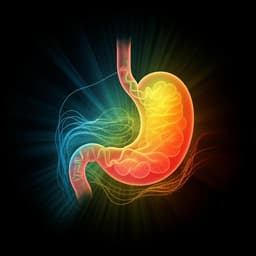
Medicine and Health
A new approach for investigating the relative contribution of basal glucose and postprandial glucose to HbA1c
J. Ma, H. He, et al.
This groundbreaking study by Jing Ma and colleagues explores a new methodology for assessing how both basal glucose and postprandial glucose influence glycated haemoglobin levels. By using Continuous Glucose Monitoring Systems on 490 participants, the research reveals crucial insights on the progression from impaired glucose tolerance to diabetes, highlighting significantly different contributions of postprandial glucose across various stages of glucose regulation.
~3 min • Beginner • English
Related Publications
Explore these studies to deepen your understanding of the subject.







